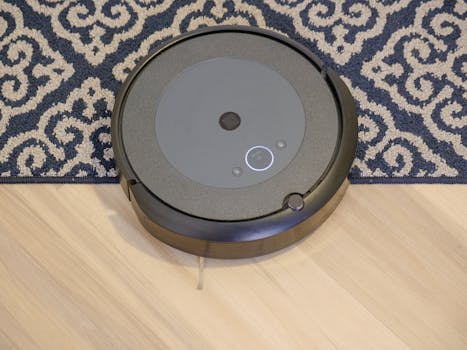Smart Homes and Smart Living: The Technological Transformation of European Homes by 2025
Smart Homes and Smart Living are revolutionizing the way we live and interact with our living spaces. The concept of smart homes is not new, but it has gained significant traction in recent years, especially in Europe. By 2025, it is expected that the majority of European homes will be equipped with smart technologies, transforming the way we live, work, and play.
Introduction to Smart Homes
A smart home is a residence that is equipped with advanced technologies that make it more efficient, convenient, and comfortable. These technologies include home automation systems, energy management systems, security systems, and entertainment systems, among others. The main goal of a smart home is to provide a seamless and integrated living experience, where all the systems and devices work together to make life easier and more enjoyable.
Benefits of Smart Homes
The benefits of smart homes are numerous and varied. Some of the most significant advantages include:
- Energy efficiency: Smart homes can help reduce energy consumption and lower utility bills.
- Increased convenience: Smart homes can be controlled remotely, allowing homeowners to adjust lighting, temperature, and security settings from anywhere.
- Improved safety and security: Smart homes can be equipped with advanced security systems, including motion detectors, surveillance cameras, and alarm systems.
- Enhanced entertainment: Smart homes can be equipped with advanced entertainment systems, including smart TVs, sound systems, and gaming consoles.
Technological Transformation of European Homes
By 2025, European homes are expected to undergo a significant technological transformation. Some of the key trends and technologies that will shape the future of European homes include:
- Internet of Things (IoT): The IoT will play a major role in the development of smart homes, with more devices and appliances becoming connected and integrated.
- Artificial intelligence (AI): AI will become more prevalent in smart homes, with virtual assistants and machine learning algorithms helping to optimize energy consumption, security, and entertainment.
- 5G networks: The rollout of 5G networks will provide faster and more reliable connectivity, enabling seamless communication between devices and systems.
- Sustainable energy: European homes will become more sustainable, with a greater emphasis on renewable energy sources, such as solar and wind power.
Challenges and Opportunities
While the technological transformation of European homes presents many opportunities, it also poses several challenges. Some of the key challenges include:
- Cybersecurity: The increased connectivity of smart homes creates new risks and vulnerabilities, making cybersecurity a major concern.
- Interoperability: The lack of standardization and interoperability between devices and systems can create compatibility issues and make it difficult to integrate new technologies.
- Cost: The cost of implementing smart home technologies can be prohibitively expensive, making it inaccessible to many homeowners.
- Education and awareness: There is a need for greater education and awareness about the benefits and risks of smart home technologies, as well as how to use them effectively.
Conclusion
Smart Homes and Smart Living are revolutionizing the way we live and interact with our living spaces. By 2025, European homes are expected to become increasingly smart, with technological advancements transforming the way we live, work, and play. While there are challenges to be addressed, the benefits of smart homes are undeniable, and it is essential to embracing this technological transformation to create a more efficient, convenient, and comfortable living experience.





